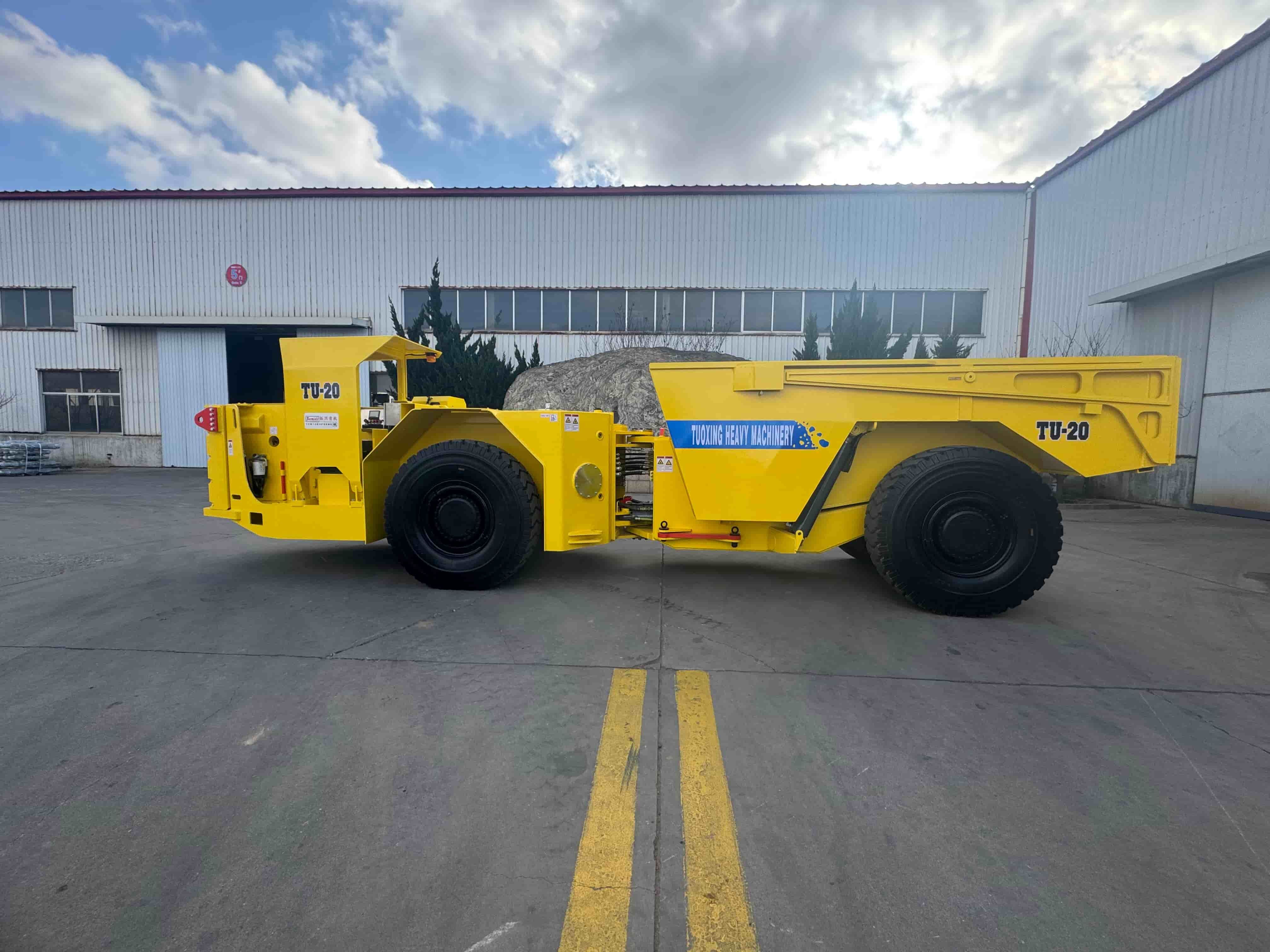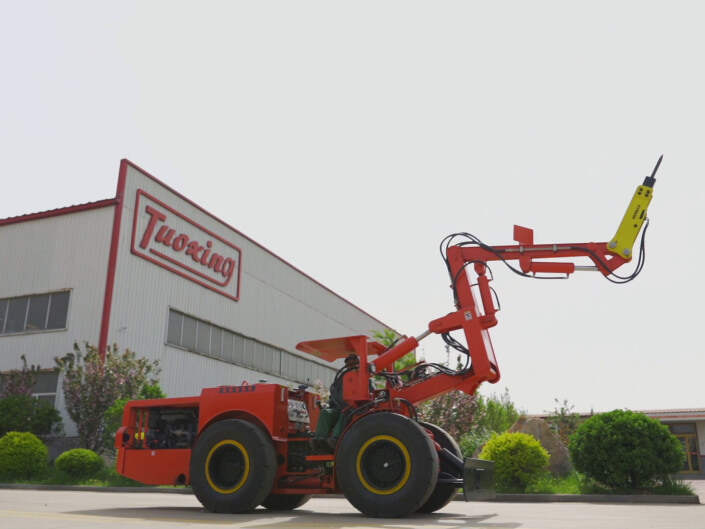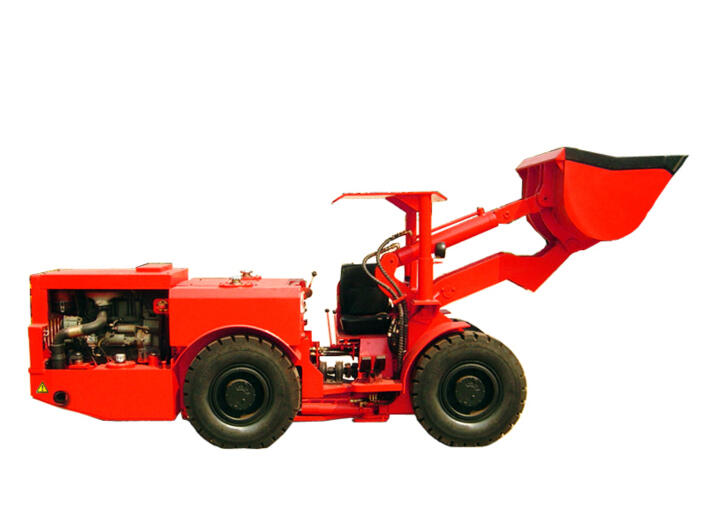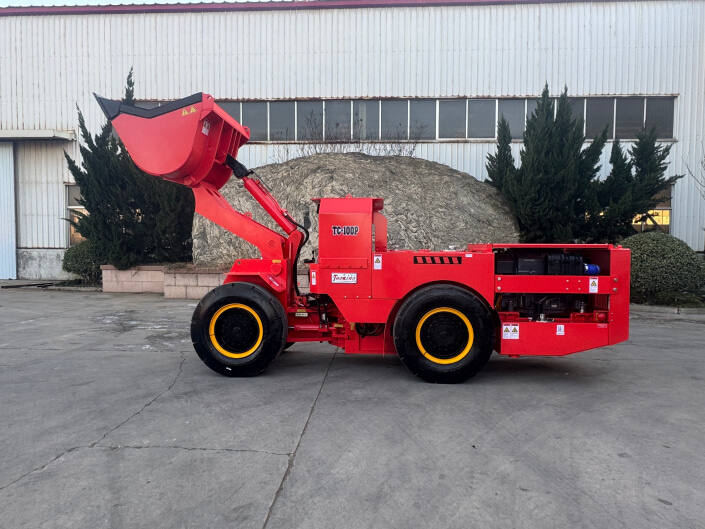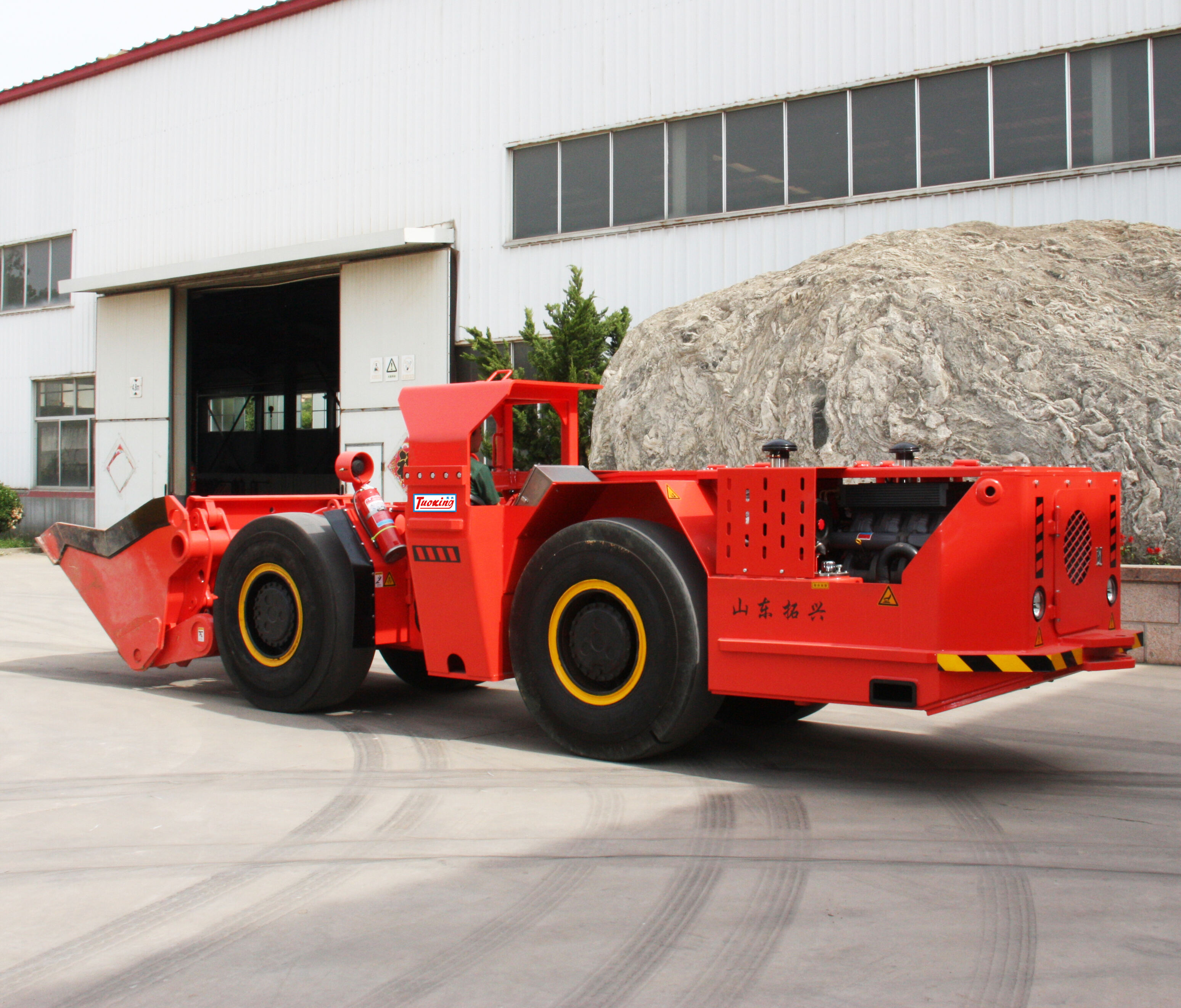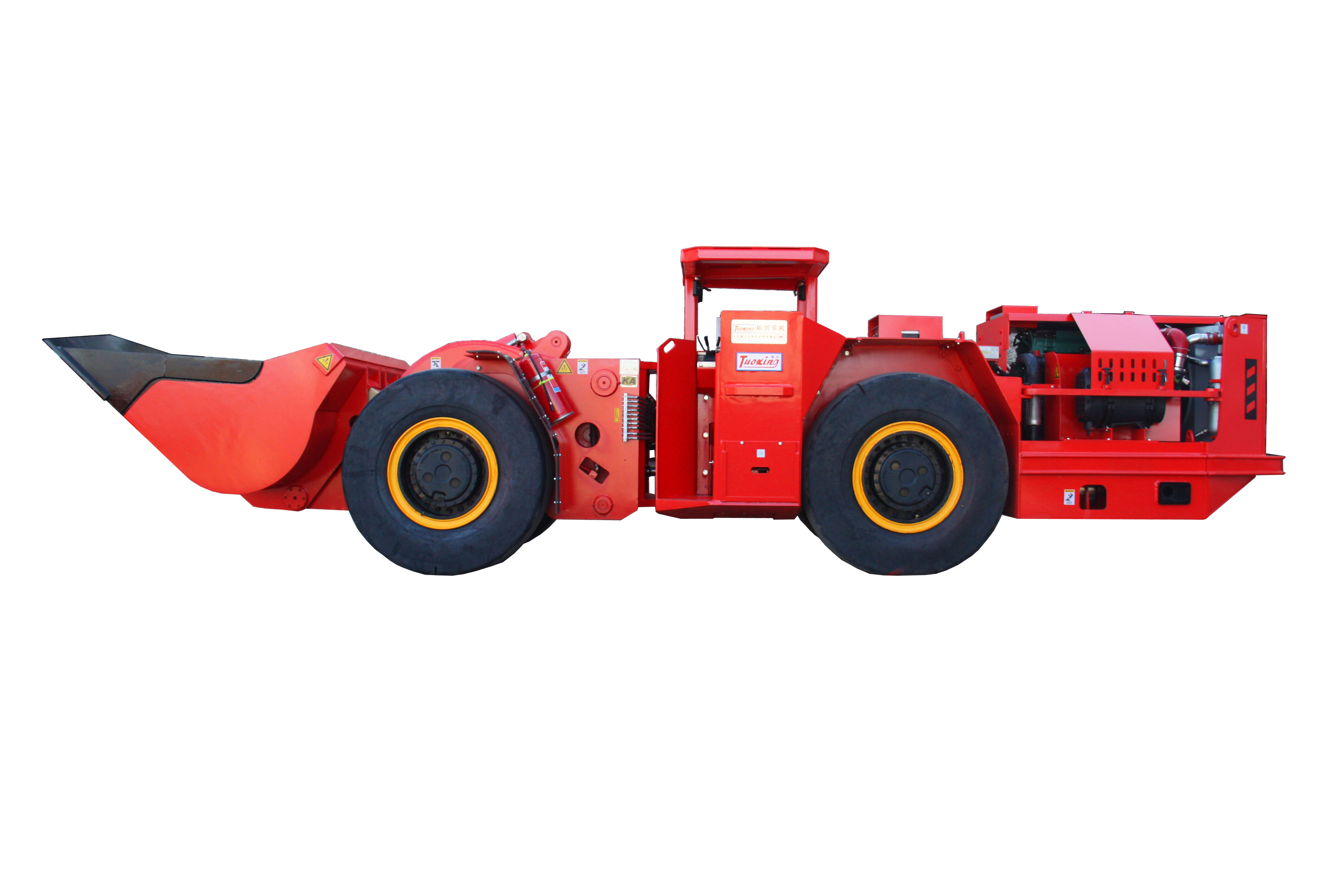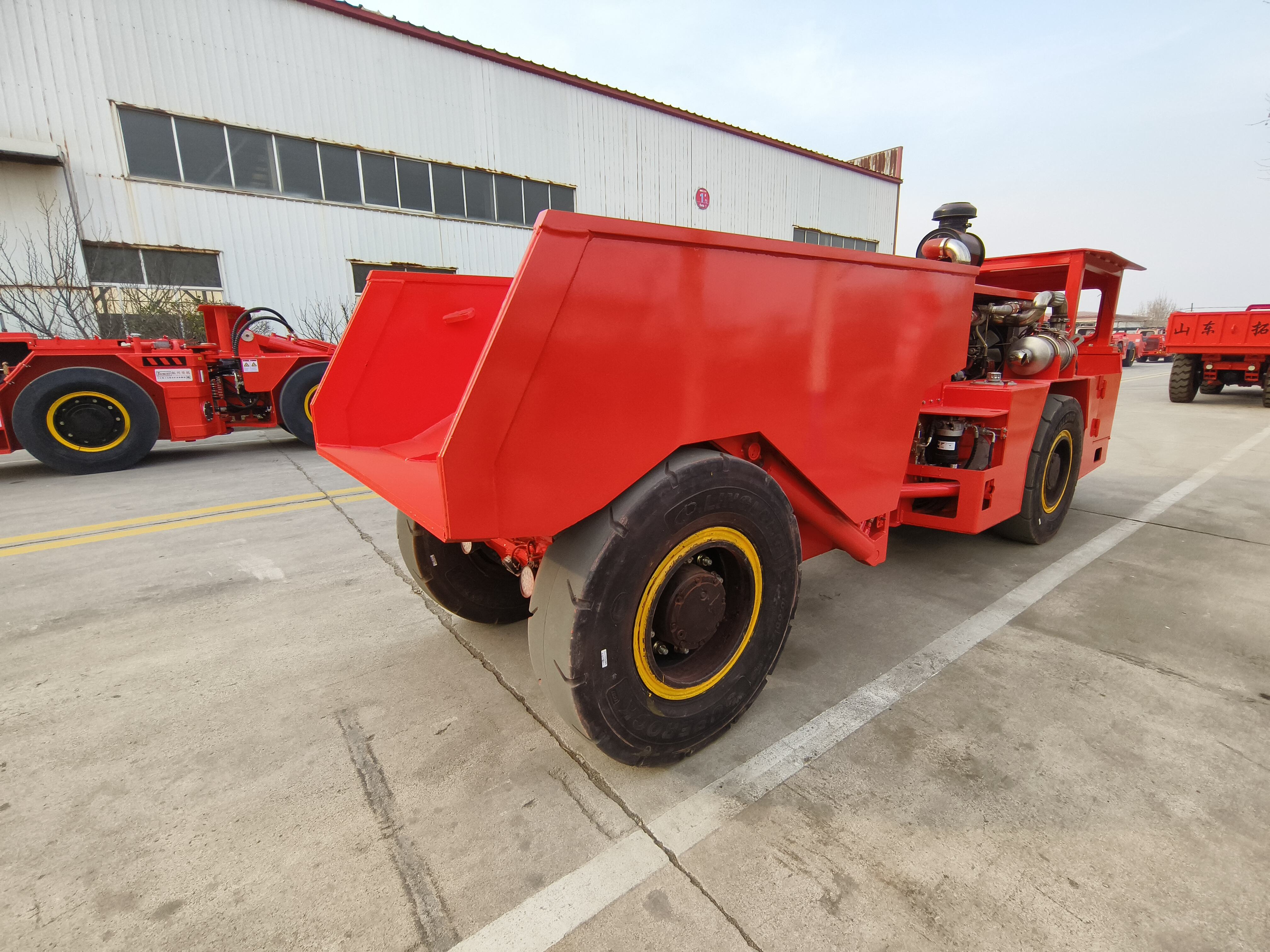gold mining underground
Gold mining underground represents a sophisticated and complex operation that involves extracting precious metals from beneath the Earth's surface. This method utilizes advanced drilling techniques, tunnel construction, and specialized equipment to access gold-bearing ore deposits located deep within rock formations. Modern underground mining operations employ state-of-the-art technologies such as hydraulic drilling, mechanical ventilation systems, and automated ore transportation networks. The process typically begins with shaft sinking or decline development, followed by the creation of multiple levels and tunnels that provide access to the ore body. Underground miners use various extraction methods including cut-and-fill mining, long-hole stoping, and room-and-pillar mining, depending on the ore body's characteristics. Safety systems, including ground support mechanisms, water management, and air quality monitoring equipment, are integral components of underground operations. The extracted ore undergoes preliminary processing underground before being transported to the surface for further refinement. This mining method allows for minimal surface disturbance while maximizing ore recovery from deep deposits that would be impossible or impractical to access through surface mining methods.

